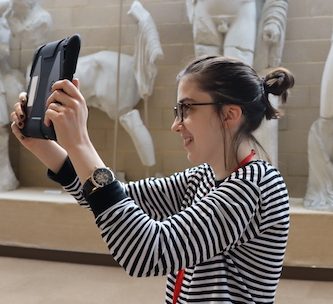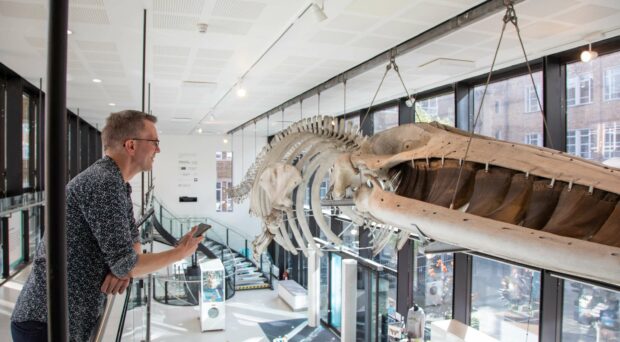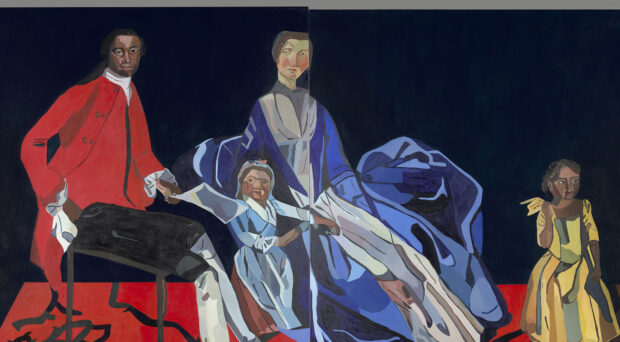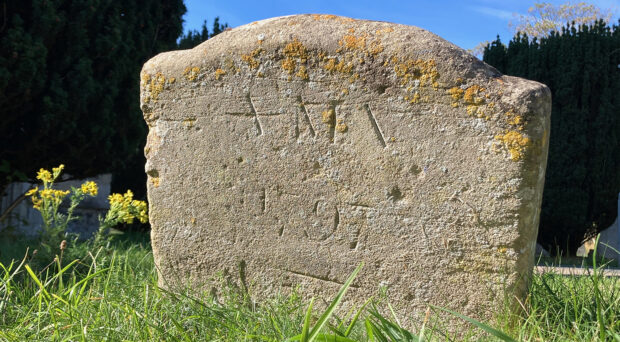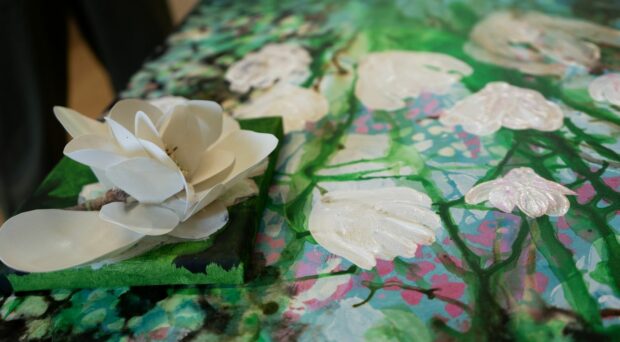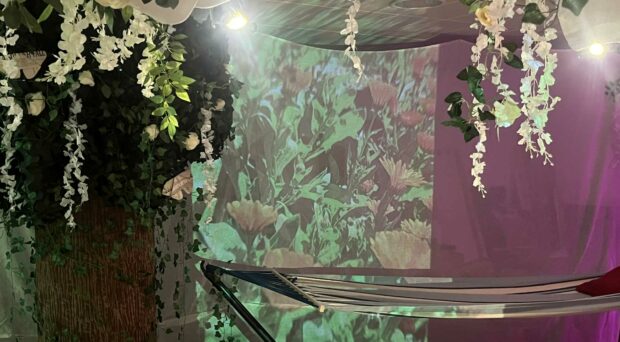Could a work experience placement work in the virtual world of the 2020 lockdown summer? We decided to find out in the best possible way: by putting our apprehensions away, and just trying to do it.
The Museum of Classical Archaeology runs a work experience programme for A-level and university students every summer. We advertised for it at the beginning of 2020, and by March had over 30 applications. Then everything changed. Throughout the spring it was unclear whether staff would be allowed into the museum, let alone work experience students. We decided that in a year where everything is cancelled, we will not be cancelling this! Work experience placements in museums are already as rare as possible, we were determined to make this work.
Over the summer I attended an event through the Classical Collections Network. There, Reading’s Ure Museum explained how they carried out their online internships. These were totally different in nature and aims to our programme, but the basic principle still stood. If they can do it, why can’t we? So we did.
What Can a Volunteer do without stepping foot in the museum?
Without thinking too much about it, I asked our Curator and Museum Assistant if they had any tasks in mind that a work experience volunteer could complete without being in the museum. We identified three big tasks and a few smaller ones, all of which could be completed online based on resources already published on the web (including our museum catalogue). The mix of tasks allowed the volunteer to understand how museum catalogue entries look, how our social media presence works, and what the education service does. In other words, a bit of each of our jobs.
Throughout the planning process I was very conscious of the fact that we need to teach this young person as much as can be learned in a two week online placement. Give her a taste of all the different tasks and roles that make up a museum, and teach her some transferable skills while at it.
How can you experience work online?
You know how we have all been working from our homes for a while? Teenagers have been doing that for a long time! Online is where they complete their homework, where they look for opportunities and where they interact with each other. Why couldn’t a teenager experience what working in a museum is like online?
We were lucky enough to have chosen a volunteer who was already 18. Therefore, online safeguarding was not an issue, and Lucy and I could have online meetings without the presence of a second adult with a DBS certificate present (as it is required for meetings with those under 18). This made life much easier. Lucy was still not a member of staff, so I couldn’t just give her access to our files. Enter Google Drive, Trello and Padlet.
What did we actually do?
I used Padlet to organise the two weeks. This free web tool works a little bit like a noticeboard, and allowed us to coordinate the different tasks and resources needed in one place. Importantly, it has a variety of privacy settings. I could create a Padlet that only I and our volunteer could see, and choose permission settings that would allow Lucy to take ownership of it, and move things around, make comments, create her own notices etc. Working asynchronously meant that she could work on whichever of the tasks suited her, in whatever order she wanted to.
We shared files using Google Drive, where you can set permissions levels that let a 3rd party (volunteer) edit a file, without access to the whole drive. We used Google Meet to meet. During our first meeting I explained how the Padlet works, and what the tasks are. We set up meetings with each member of the team, so our volunteer could find out more about museum careers and what we do. We had quick check ins over google meet every other day, but otherwise I pretty much let Lucy run with it. She was awesome at it too.
The online nature of the placement meant obviously that we would both be working from home. This is where the key advantage of virtual work experience placements lies. We did not have to work synchronously. Normally, the presence of a work experience volunteer in the museum means an incredibly busy time for the Museum Education and Outreach Coordinator (MEOC), as volunteers need to be supervised at all times. This was no longer the case. We could both work from home whenever suited us. In true teenage fashion, for Lucy this was mostly in evenings and at night. She could fit the placement around her other commitments which included a paid job. I do not have to explain how important it is that we make unpaid opportunities flexible so that they fit around paid work. On my end, this meant that when I had an emergency we didn’t have to cancel the whole thing!
This was not the beginning or the end of our virtual adventures. With the start of the new school year we also moved our school education sessions online. The theme of the education service at MoCA this year is: “We Are Trying!”

